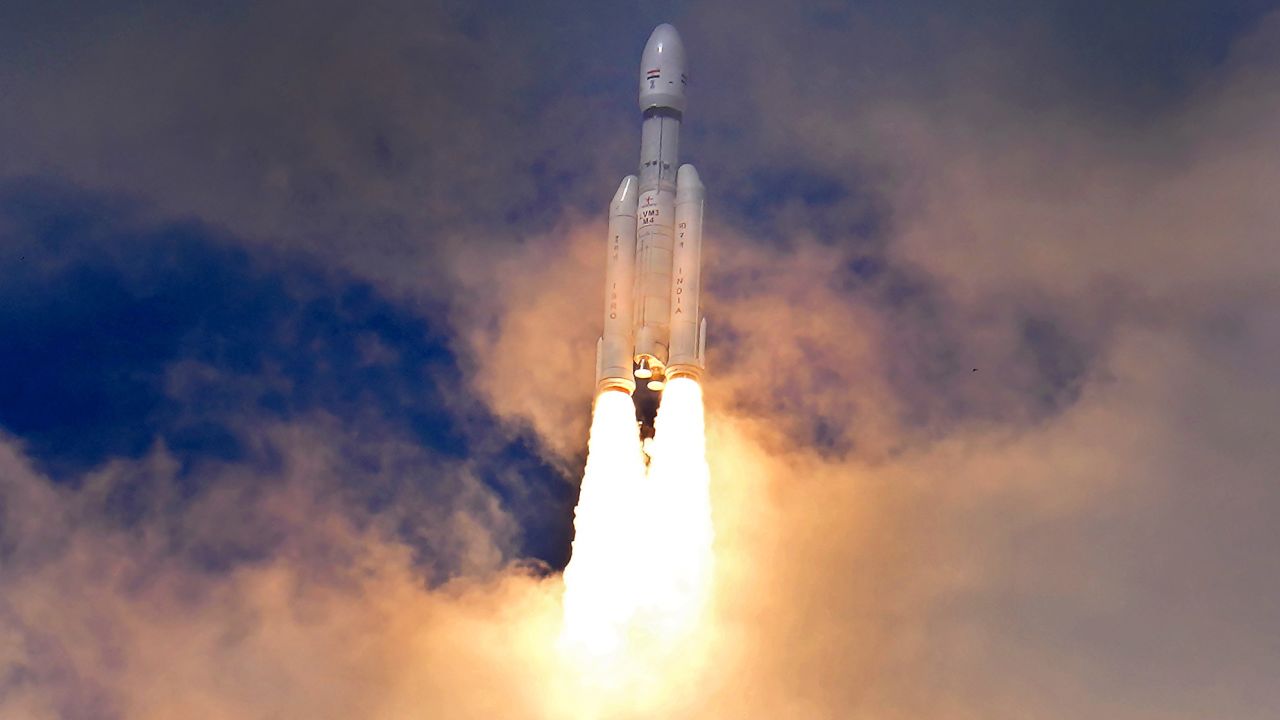Indian Space Research Organisation’s (ISRO) Chandrayaan-3 mission took off on Friday amidst cheers from a massive audience that had gathered to watch the launch at Sriharikota in Andhra Pradesh. As the spacecraft makes its way through an orbit around the Earth, here are five things that you might not have known about it.
Fact 1: Chandrayaan-3’s upgrades over its predecessor
The Chandrayaan-3 mission is almost identical to the Chandrayaan-2 mission, which ended in failure during its last legs a theVikram lander crash landed on the Moon’s surface. But there are some important new upgrades that ISRO is hoping will give the new mission an edge over its predecessor.
This includes some upgrades to the lander- a bigger fuel tank, solar panels on all four sides instead of just two, additional navigation instruments, updated software, additional strength tests and more.
Fact 2: Ability to soft-land is a crucial technology for ISRO
ISRO has more than proved its mettle with many successful missions carried out over the past couple of decades. But there is still one technological capability that it needs in order to hang out with the “big boys” of space exploration—the United States, Russia, and China—the ability to soft-land on the Moon.
The failure of Chandrayaan-2 hung like an albatross ISRO’s neck. If it cannot land a craft on the Moon, it cannot explore the surface of the Moon, looking for valuable minerals and trying to understand the origin of the solar system.
Fact 3: Wind tunnel tests at Bengaluru
LVM3 (Launch Vehicle Mark-III), which carried the Chandrayaan-3 spacecraft into Earth’s orbit, went through more than 3,000 wind tunnel tests at the Council of Scientific & Industrial Research-National Aerospace Laboratories (CSIR-NAL) facilities in Bengaluru. These tests helped mission scientists understand more about the aerodynamics of the rocket and how air will flow around it when it is in flight.
Fact 4: How did Sriharikota become India’s launchpad?
The SatishDhawan Space Center (SDSC) in Sriharikota is the only spaceport in the country which is used to launch both satellites and spacecraft. But why was Sriharikota selected for setting up the centre?
One main consideration that played in its favour, is the fact that it is on the eastern coast which makes it easier to launch rockets to the East. Rockets are typically launched in the eastern direction because then, they get a boost of momentum from Earth’s rotation. The other main consideration is the fact that it is close to the equator. Rockets launched from the equator can take maximum advantage from the Earth’s rotation.
Fact 5: Why ISRO wants to explore the moon’s south pole?
All spacecraft that have landed on the Moon so far have landed near its equator. This is because both the terrain and conditions are more hospitable there. The polar regions present a much more difficult terrain to carry out lunar missions. The extremely cold temperatures in the polar region mean that it can act as a kind of “time capsule” where things do not undergo much change. The rocks and soil there could give scientists clues about the origin of the solar system. There is also a chance of detecting water ice in that part of the Moon.



